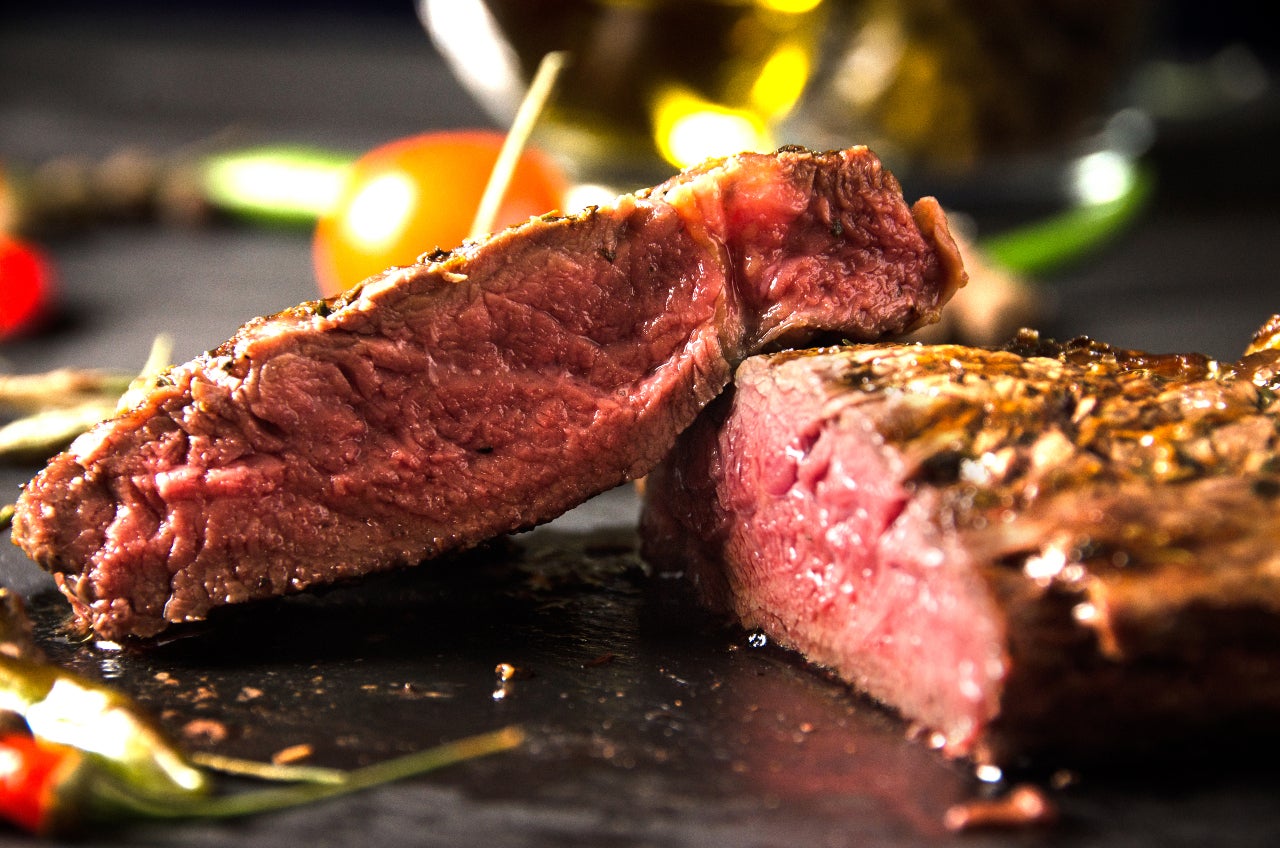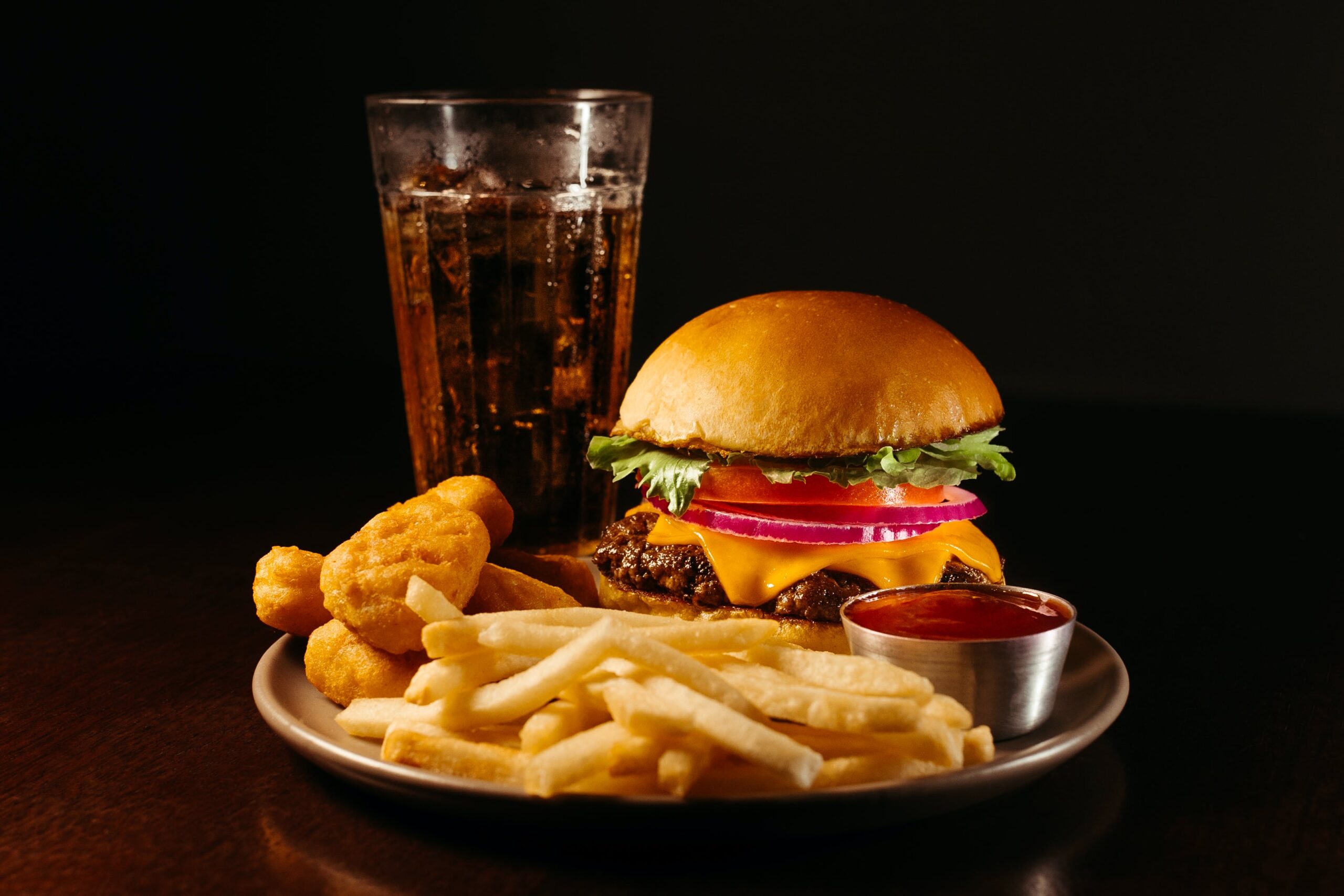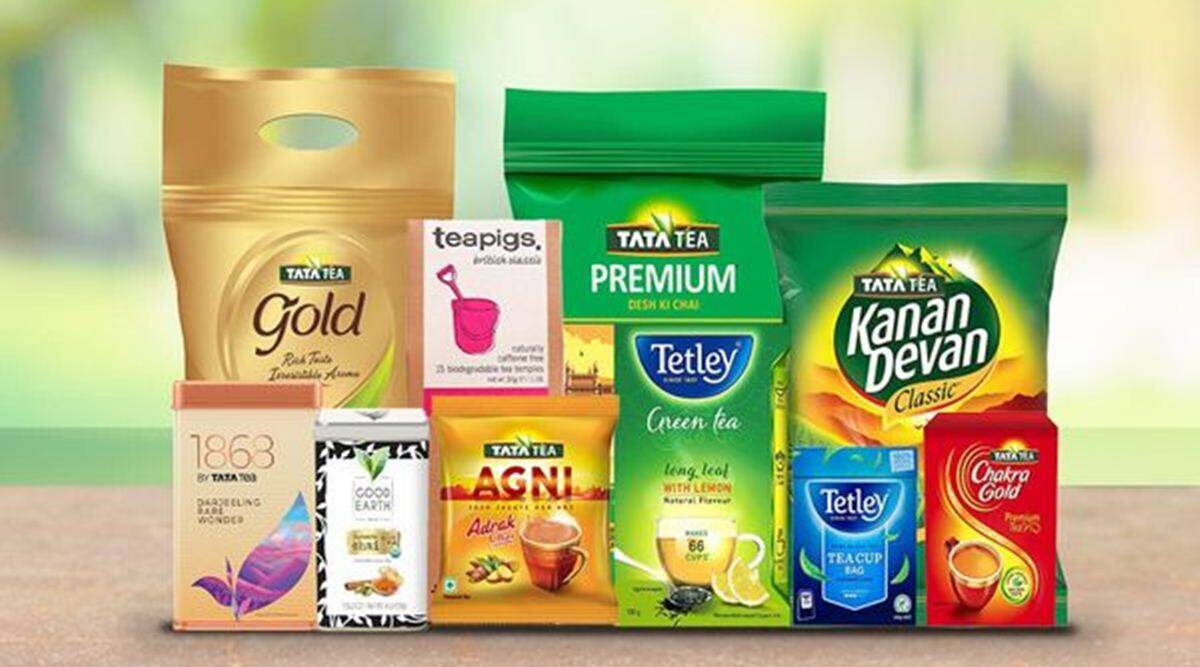Purveyors of lab-grown meat — who prefer the term “cell-cultivated,” to avoid the mad-scientist-with-a-test-tube image — foresee a world where our plates are full of steak but animal slaughter is largely a thing of the past.
Why it matters: Investors are pouring money into the sector and its promise of cruelty-free meals that are (maybe) better for the environment, but many unknowns remain.
- For now, meat grown from animal cells is only available in the U.S. in very limited quantities at two high-end restaurants.
- Chicken is the first proof-of-concept product, and while the taste is familiar, the texture is a work in progress.
- It remains to be seen if the technology to “grow” meat at scale will prove economical — and if consumers will welcome the results.

Of note: The products are not to be confused with plant-based meat, which has lately had rocky prospects.
- “It is unmistakable that this is chicken or beef,” said Uma Valeti, the CEO of Upside Foods, which made some of the first cultivated meatballs, chicken and duck.
- “All the fundamental building blocks come from cells,” he told Axios. “We get cells from the animal or eggs — all we need is a drop.”
Where it stands: Two Bay Area companies — Upside Foods and Good Meat — have gained regulatory approval to sell their first product, cultivated chicken.
- Chef Dominique Crenn is serving tiny quantities of Upside’s chicken at Bar Crenn in San Francisco as part of a monthly $150 tasting menu.
- Chef José Andrés is serving Good Meat’s version at his China Chilcano restaurant in Washington, D.C. — if you can get a reservation.
- The sold-out $70 tasting menu includes “Anticuchos de Pollo, cultivated chicken marinated with anticucho sauce, native potatoes and ají amarillo chimichurri.”
Yes, but: If you want to buy it in a retail store, you’ll have to go to Singapore. Good Meat‘s chicken went on sale in December at Huber’s Butchery there after Singapore became the first country to approve cultivated meat.

How it works: To make cultivated meat, animal cells are placed in a large steel vessel called a bioreactor — or “cultivator” — and fed for at least two weeks with a variety of nutrients, which help the cells grow and differentiate similarly to how they would in a living animal.
- Depending on how the cells are nurtured, the product can emerge in the consistency of soup or pancake batter — to be formed into a sausage or nugget — or in a filet-like sliver of meat.
- “Instead of raising a chicken, we are raising chicken cells, letting the cells do what they naturally do, which is grow,” said Valeti, a cardiologist who founded Upside Foods in 2015.
- Unlike at a farm, “we don’t have fecal matter; we do not have the skin and the hair and the bones” of the animal. It’s “significantly more efficient than growing an entire animal and eating only a part” of it, said Valeti.

** Click here to read the full-text **










